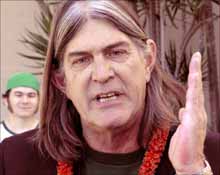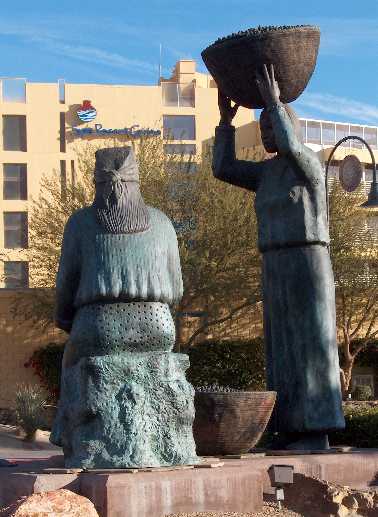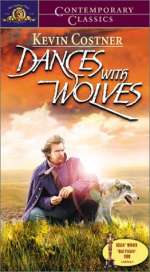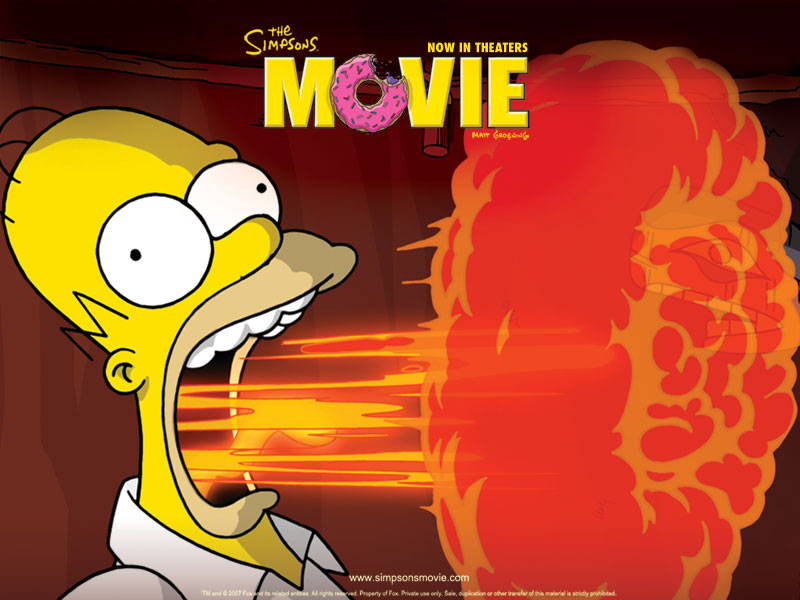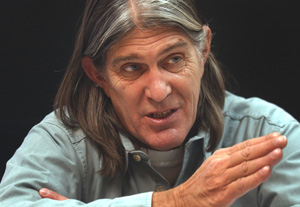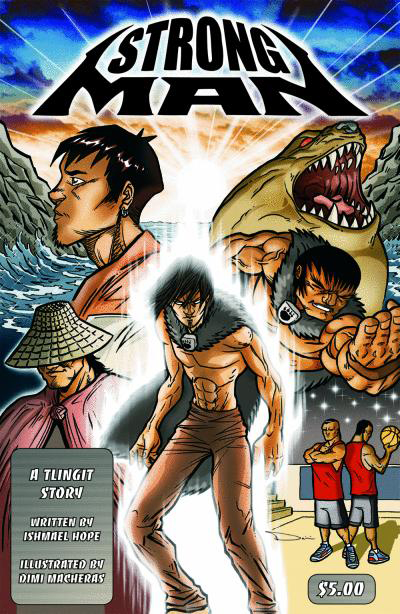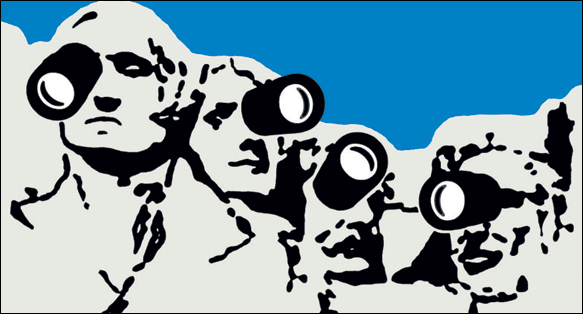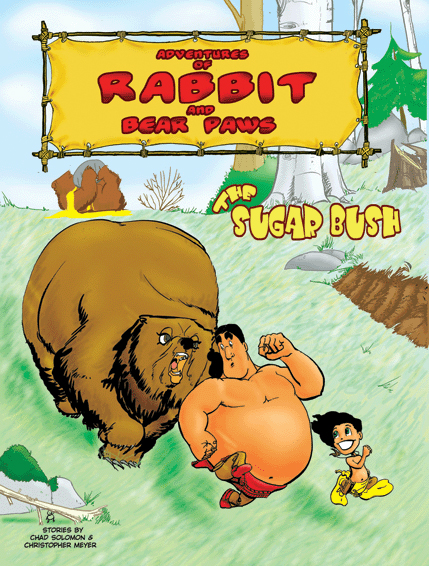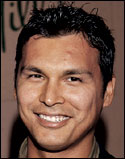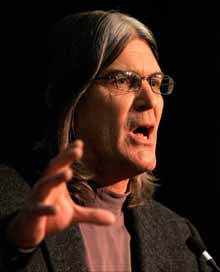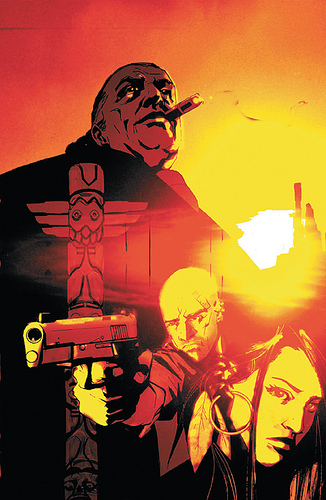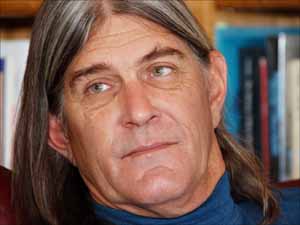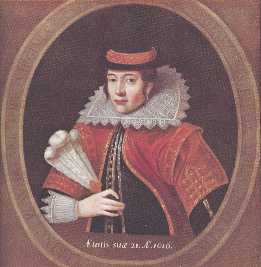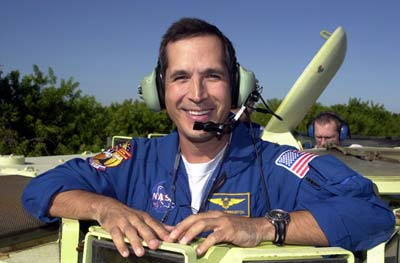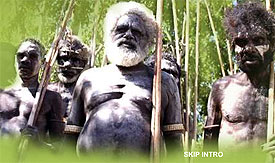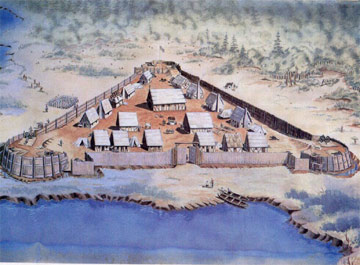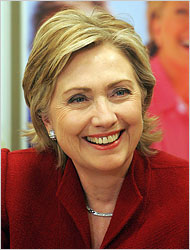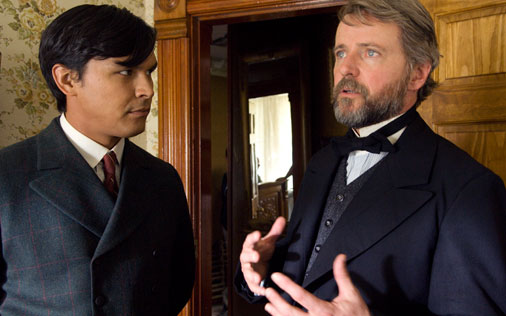The KentsThe Kents is the title of a comic book limited series published by DC Comics that told the story of a troubled generation of Superman's foster family's history in the mid to late 19th century. Following mostly the life of two Kents Nathaniel and Jebediah. It was written by John Ostrander. The limited series was later collected as a trade paperback.
Plot summary
The story begins with Clark Kent's foster father Jonathan writing to his adopted son about the newly discovered memoirs he has discovered on the family farm. They reveal that the Kent family in the 19th century were noted abolitionists who assisted the personnel of the Underground Railroad, like Harriet Tubman. The family moved to Kansas Territory to promote the cause of creating a free state by running a newspaper for the region.
Unfortunately, the family patriarch was murdered by Border Ruffians who wanted to silence him. Furthermore, the sons, Nathaniel and Jeb, argued and had a parting of the ways so deep about slavery that they found themselves on opposing sides of the American Civil War, with Jeb fighting with the notorious Confederate guerrilla unit led by William Quantrill and Nathaniel fighting for the North and marrying a half-Native American woman who gave him a special traditional spiritual symbol that was apparently a forerunner and inspiration for Superman's chest symbol.Some
reviews from Amazon.com:
I've long felt that comics could be a powerful educational tool and here the medium realizes this potential. Ostrander and Truman, along with Mandrake and Bair, are far from novices and the benefits of their collective experiences shimmer through this, likely their finest work. Everyone knows that Superman's adoptive family found the infant Superbaby in a Kansas cornfield and raised the prodigious progeny in Smallville. This tale tells how the Kent family comes to Kansas and it is the story of the American westward expansion. There are rich characterizations here in Nathaniel and Jeb Kent, two brothers divided by personal, familial, and eventually political differences; the lovely half white, half Delaware native Mary, whose passion and grace sustains Nathaniel Kent through many trials, as well as the reader; and Jonathan Kent himself, the adoptive father of Superman, who narrates the saga in a series of letters to his son the reporter in Metropolis and his bride. Then there are the cameos; some historical; some purely from the western comics genre, including Brian Savage, the Scalphunter; Jonah Hex; John Wilkes Booth, John Wesley Hardin, the James brothers and so many others. This delicious tapestry is not only for comics fans, but also for Western readers (those who love John Jakes or Dana Fuller Ross, will find much to love here as well) and American history buffs. Ostrander did a superb job with the research here. Simply a glorious family saga in the full richness of that tradition.
An epic graphic novel with as much heart as Larry McMurtry's novel "Lonesome Dove." This book details the history of the family that would one day shape the attitude and spirit of Clark Kent.
The Kents is basically a pastiche of Civil War-era history, a name-dropping who's who that also tries to achieve the scope of The Sacketts.Rob's review: THE KENTS was reasonably entertaining. I agree with the statements above, which is why I quoted them. But I wouldn't give the series five stars, as several critics did.
The famous persons scattered through the book are merely a symptom of the real problem: an overabundance of history. THE KENTS reads more like a primer on Kansas during the Civil War that happens to involve the Kents than a story about the Kents that happens to take place in Kansas during the Civil War. Like many sprawling epics, it sprawls too much.
The motivation of Jeb, the bad Kent brother, is weak. He constantly claims he's gotten himself in too deep and can't think of a way out, so he might as well commit another crime. The obvious alternative is to quit, flee, and start a new life elsewhere.
Mary Glenowen, the half-Delaware woman who eventually marries Nathaniel, says she comes from one of the five tribes of the Haudenosaunee Confederacy. This seems like a bad mistake, but the story later reveals that she doesn't know her own tribal history.
She gives Nathaniel an "Iroquois healing blanket" with a snake symbol resembling Superman's "S." She spins a whole, uh, yarn about how it represents the union of the Iroquois tribes. Since this claim proves to be false, we never learn the blanket's true origin.
When Mary goes to live with her people, their homes and clothes look authentic. Mary herself is a classic
Indian maiden, a dark-haired beauty by Western standards. She stays with her cousin Fall Leaf, who is thoughtful but not insufferably wise. Best of all, he's not the chief and she's not the chief's daughter.
Two other bits are worth mentioning. At one point, the US government forces the Delaware (Lenape) to move from southwestern Kansas to "Indian Territory" (Oklahoma). A mini-Trail of Tears ensues. Perhaps the worst injustice is that the government intermingles the Delaware with the Cherokee and declares they're all Cherokee now. It's an intentional gambit to eradicate the Lenape culture and language.
At another point, Nathaniel and Brian Savage (a "white Indian" named
Scalphunter) serve as scouts for George A. Custer. They're on duty when Custer launches his attack on the Cheyenne at
Washita. Nathaniel joins in the killing ("Nothing else for it now!") but later feels sick about it.
ConclusionIndians play only a minor role in THE KENTS, so the series isn't a must-read for fans of Indian comics. It's notable mainly for what it tells us about Superman.
The series doesn't specify Nathaniel Kent's relationship to Jonathan Kent, but the timing suggests that Nathaniel is Jonathan's grandfather or great-grandfather. So Jonathan Kent has one-sixteenth Indian blood, at least.
These days, that might be enough to get him enrolled in the Delaware tribe. In any case, it's fair to say that Superman's values come in part from his father's Indian ancestry.



